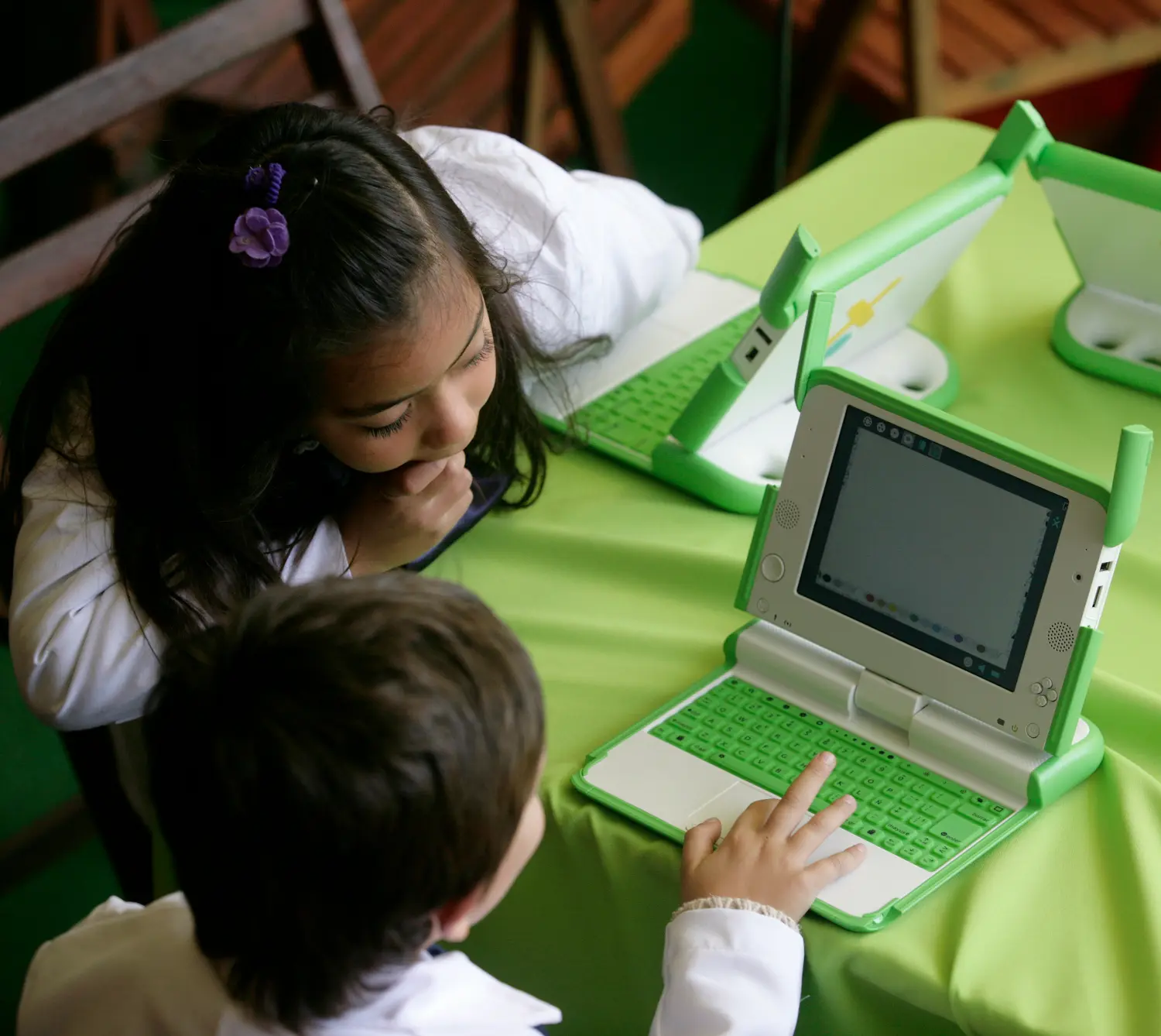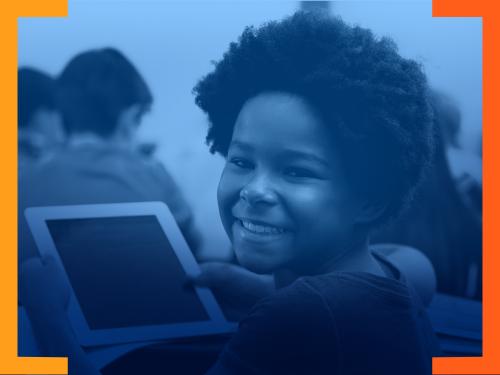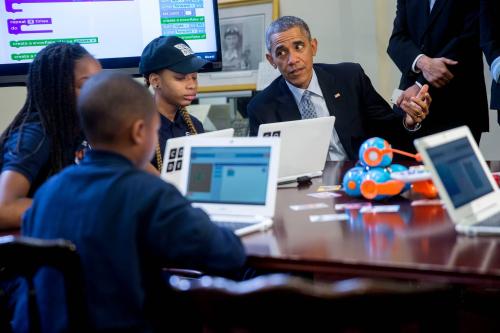This case study is part of a series examining computer science education programs from diverse regions and circumstances that have been implemented to varying levels of success.
Computer science (CS) education helps students acquire skills such as computational thinking, problem-solving, and collaboration.1 It has been linked with higher rates of college enrollment (Brown & Brown, 2020; Salehi et al., 2020), and a recent randomized control trial showed that lessons in computational thinking improved student response inhibition, planning, and coding skills (Arfé et al., 2020). Since these skills take preeminence in the rapidly changing 21st century, CS education promises to significantly enhance student preparedness for the future of work and active citizenship.
CS education can also reduce skills inequality if education systems make a concerted effort to ensure that all students have equitable access to curricula that provide the needed breadth of skills, regardless of gender, ethnicity, or socioeconomic status.
This study will focus on how Uruguay developed its CS education program. A small country of 3.5 million people wedged between Argentina and Brazil, Uruguay has traditionally been known for its herds of livestock and commodity-driven export economy. Yet, attention has been shifting to a “growing constellation” of startups and technology firms that have the potential to turn Uruguay into a regional technology powerhouse (Romero, 2013).
An overview of CS education in Uruguay
Since 2007, Plan Ceibal—a national education initiative launched by Uruguay President Vazquez—has been distributing digital devices to students and providing schools with internet access, introducing a variety of tools and resources to improve education in Uruguay. Beginning in 2010, Plan Ceibal set up in-school and after-school activities, in coordination with the ANEP2 (National Administration of Public Education), for students to learn computational thinking, robotics, and coding skills. These efforts have created a culture where teachers and students are encouraged to use technology to explore innovative and practical applications (Zucchetti et al., 2020).
Plan Ceibal has made remarkable progress toward closing the digital divide in Uruguay. It is too early to fully understand its impact since many of its programs are still expanding. Yet, Uruguay has been praised for starting initiatives that foster a culture of innovation that can help the country grow an already prosperous technology industry (Romero, 2013; Serron, 2018; Zucchetti et al., 2020).
Lessons learned
Examining Uruguay’s, progress, four important lessons emerge:
- Uruguay’s early emphasis on equitable access to technology has carried over to its approach to CS education. Yet, there is room to make further progress in this area.
- CS activities encourage students to find creative and practical uses of digital technologies that can spark interest in CS, allowing them to deepen their understanding and apply lessons in real-world scenarios.
- In the absence of knowledgeable teachers, Uruguay promoted the use of videoconferencing platforms to improve access to computational thinking lessons.
- Plan Ceibal’s initial top-down organizational structure enabled relatively fast implementation of the One Laptop per Child program whereas closer coordination with educators and education authorities may have helped to better integrate education technology into teaching and learning. More recently, Plan Ceibal has involved teachers and school leaders more closely when introducing CS activities.
-
Footnotes
- For the purposes of this report, we use the term “computer science education” broadly, in the sense that it includes concepts related to computational thinking and robotics that are all closely related to what is traditionally meant by computer science. (CS is the study of both computer hardware and software design, including theoretical algorithms, artificial intelligence, and programming (Technopedia)). However, we still treat the subject of computer science distinctly from computer literacy, which refers more to the ability to use applications on a technological device (e.g., word processing or emails).
- For the purposes of this report, we use the term “computer science education” broadly, in the sense that it includes concepts related to computational thinking and robotics that are all closely related to what is traditionally meant by computer science. (CS is the study of both computer hardware and software design, including theoretical algorithms, artificial intelligence, and programming (Technopedia)). However, we still treat the subject of computer science distinctly from computer literacy, which refers more to the ability to use applications on a technological device (e.g., word processing or emails).








